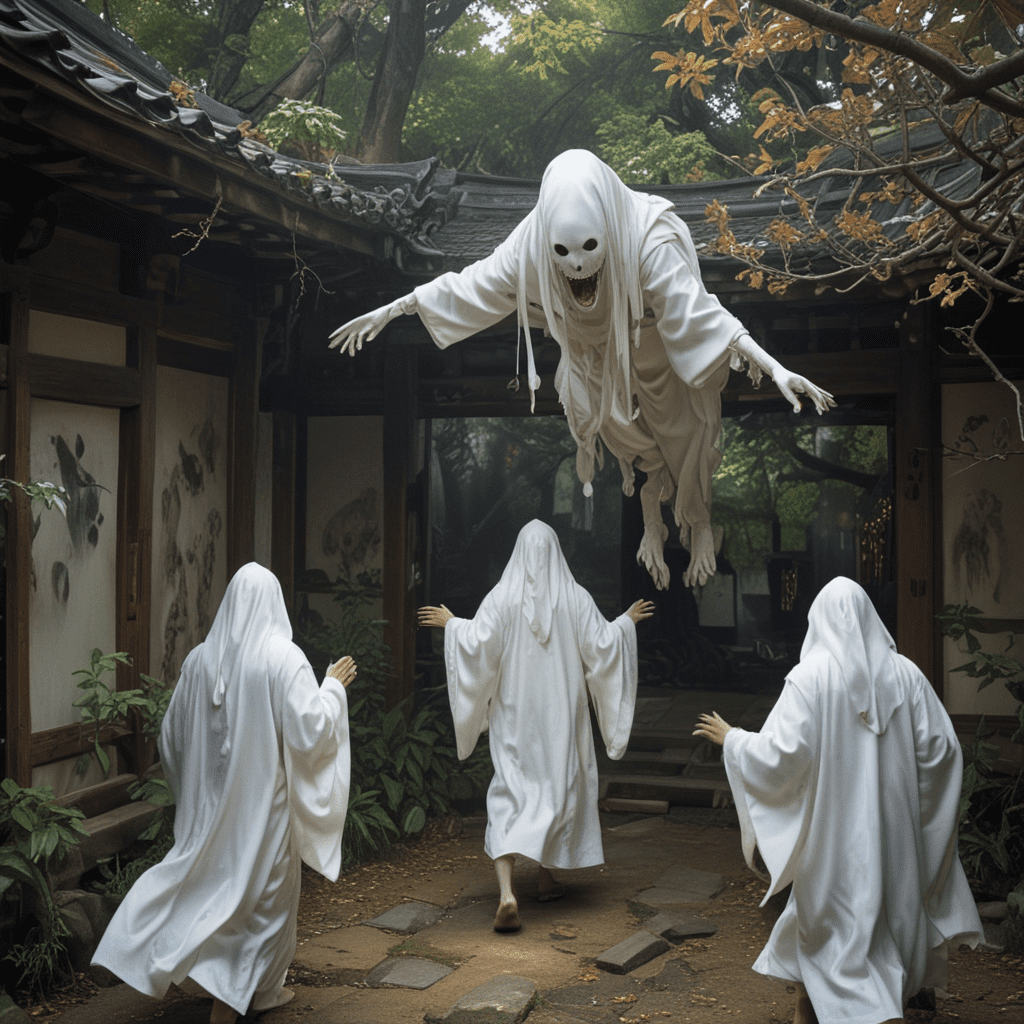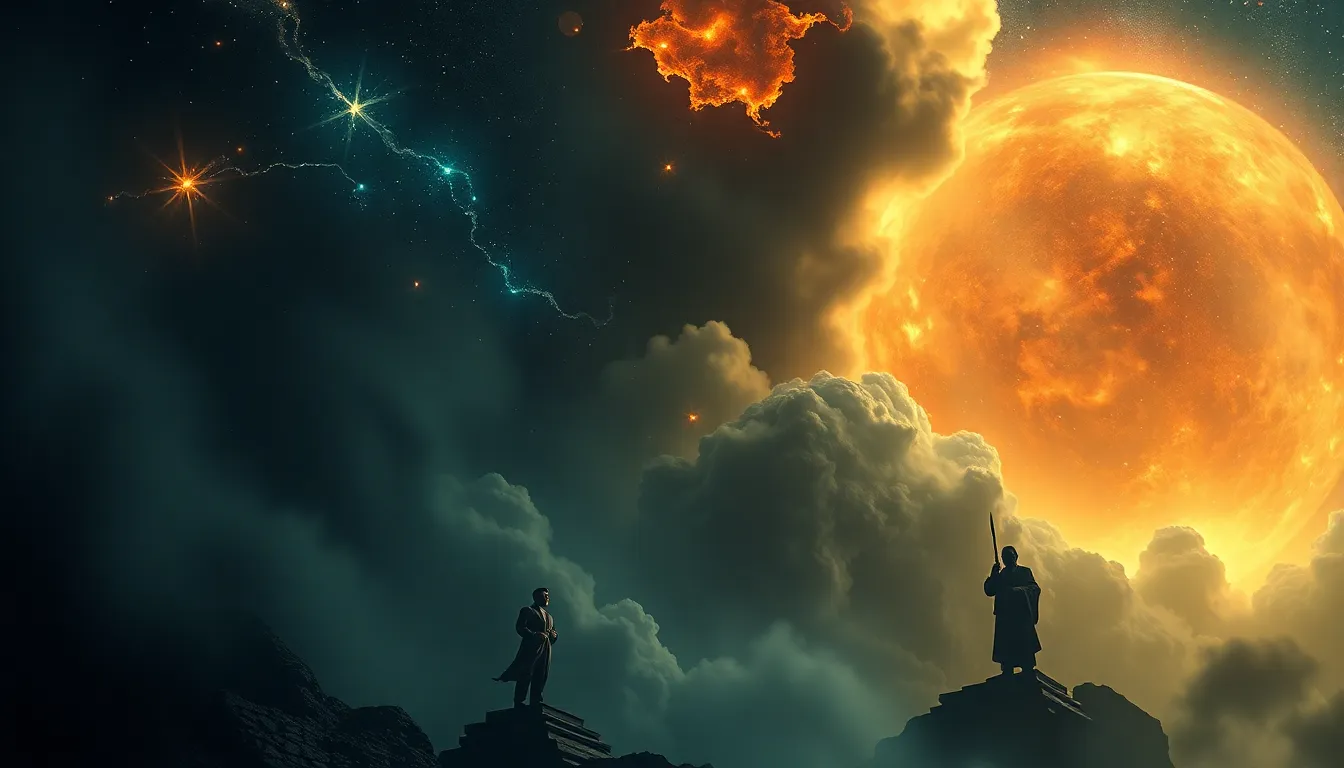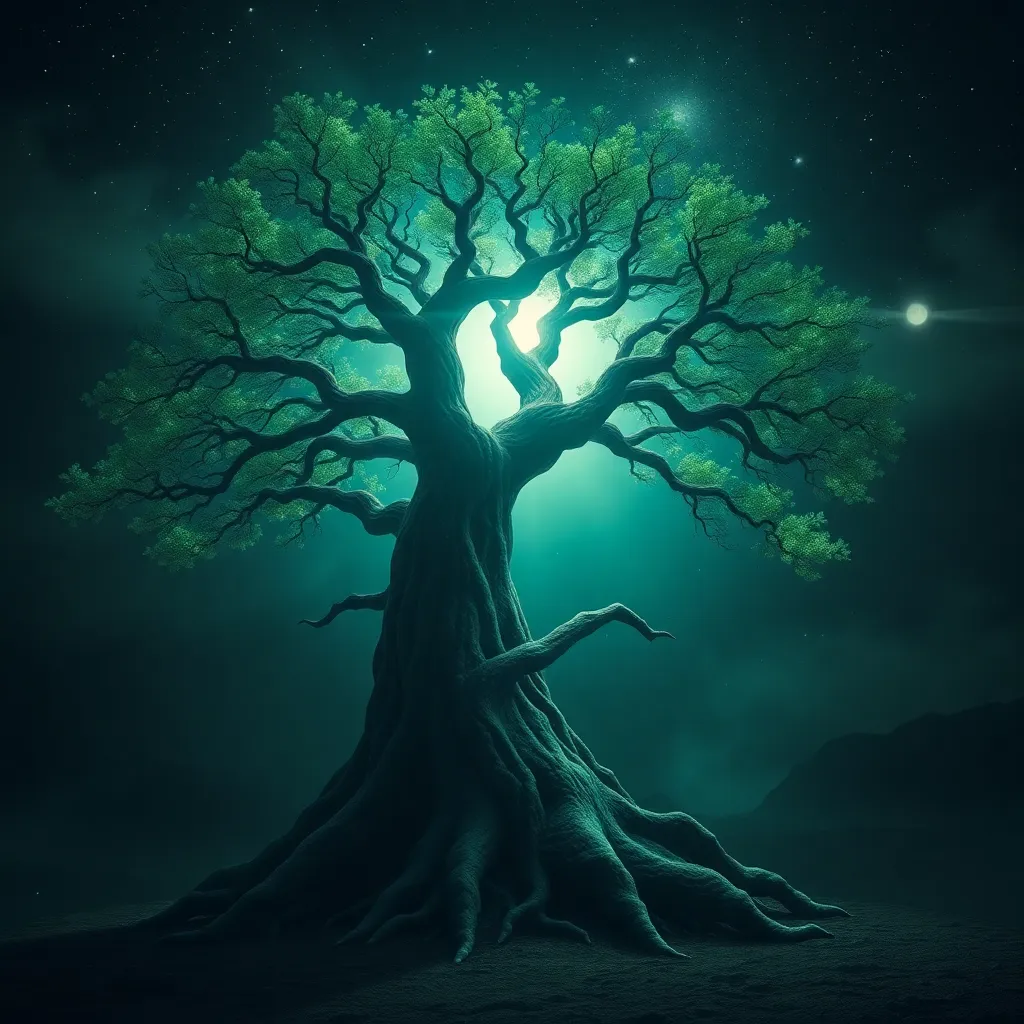Introduction
Hinduism is brimming with narratives of gods, goddesses, and incarnations (avatars). Among these incarnations, the Kurma Avatar holds a unique place, exemplifying the virtue of patience and perseverance. In this article, we will delve into the fascinating myth of Kurma, the tortoise incarnation of Lord Vishnu.
Background: The Creation of the Universe
In the Hindu cosmology, the universe was initially submerged in a vast, primordial ocean called the Kshir Sagara (Sea of Milk). From this cosmic ocean emerged Lord Vishnu, the preserver of the universe. According to mythology, Vishnu took the form of a tortoise known as Kurma to provide a stable foundation for the creation of the universe.
The Myth of Kurma Avatar
The legend of the Kurma Avatar unfolds during the cosmic churning of the ocean, known as the Samudra Manthan. The devas (gods) and asuras (demons) collaborated to churn the ocean, hoping to obtain divine treasures. With Mount Mandara serving as the churning stick and Vasuki, the king of snakes, as the rope, they set in motion the churning process.
The Cosmic Churning
As the ocean was churned, various treasures emerged, including the divine nectar of immortality, known as Amrita. The devas desired to possess the Amrita, while the asuras were equally determined to claim it for themselves. A fierce battle ensued between the two factions, with both sides vying for the ultimate treasure.
The Curse of the Asuras
During the churning, a poisonous substance called Halahala emerged from the depths of the ocean. Its fumes threatened to destroy the universe. Lord Shiva consumed the poison, saving the world from its toxic effects. However, the poison left a blue mark on his throat, earning him the epithet Neelakantha (blue-throated one).
Kurma’s Intervention
Recognizing the danger of the battle and the imminent destruction of the universe, Lord Vishnu intervened in the form of Kurma, the tortoise. He instructed both the devas and asuras to place Mount Mandara on his massive back and continue churning the ocean. Kurma remained unyielding as the mountain rested upon him, providing a stable base for the churning process.
The Appearance of Dhanvantari
As the churning continued, a divine physician named Dhanvantari emerged from the ocean, carrying a pot filled with the Amrita. Dhanvantari was a manifestation of Lord Vishnu's healing powers. The devas rejoiced at his appearance, seeing him as a sign of hope amid the chaos.
The Gift of Amrita
Dhanvantari distributed the Amrita among the devas, granting them immortality. However, the asuras, blinded by greed, tried to seize the Amrita for themselves. A fierce battle erupted between the two factions, with Lord Vishnu, in his Kurma Avatar, playing a pivotal role in protecting the devas and ensuring their victory.
Significance of the Kurma Avatar
The Kurma Avatar symbolizes patience, perseverance, and stability. Lord Vishnu's steadfastness in supporting Mount Mandara during the churning exemplifies his unwavering commitment to upholding dharma (righteousness) and preserving the universe. The tortoise represents longevity and resilience, qualities that are essential for navigating life's challenges.
Conclusion
The myth of the Kurma Avatar serves as a timeless reminder of the importance of patience and perseverance. By embodying these qualities, we can overcome adversity, achieve our goals, and contribute positively to the world around us. The Kurma Avatar stands as an inspiration to all, reminding us that even in the midst of chaos and turmoil, there is always hope and the possibility of triumph.
FAQs
Q: What is the significance of Kurma in the Hindu pantheon?
A: Kurma, the tortoise incarnation of Lord Vishnu, symbolizes patience, perseverance, and stability.
Q: Why did Lord Vishnu take the form of a tortoise?
A: Vishnu assumed the Kurma Avatar to provide a stable foundation for the churning of the cosmic ocean.
Q: What is the significance of the Cosmic Churning?
A: The Cosmic Churning represents the churning of the primal ocean to obtain divine treasures, including the nectar of immortality (Amrita).
Q: Who emerged from the ocean carrying the Amrita?
A: Dhanvantari, a manifestation of Lord Vishnu's healing powers, emerged from the ocean with the Amrita.
Q: How did the Kurma Avatar contribute to the victory of the devas?
A: In his Kurma Avatar, Lord Vishnu protected the devas and ensured their victory by providing a stable base for the churning and preventing the asuras from seizing the Amrita.



